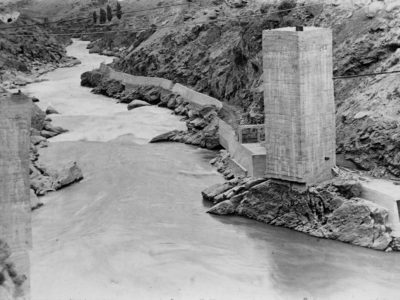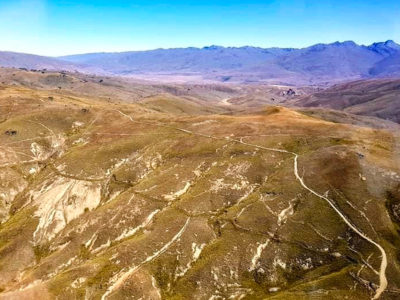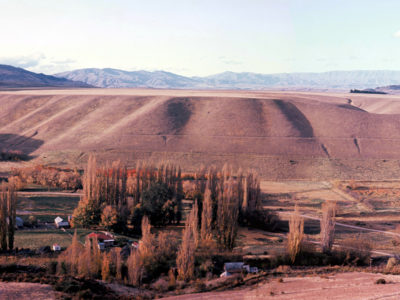Turning the clock back to long before the Europeans arrived in the South Island of New Zealand the Māori had settled at several locations along the coast, often near river mouths. During the summers they would venture up the rivers and valleys in search of seasonal food. This included hunting the Moa, a large flightless bird, now extinct. Similar in appearance an ostrich or emu.
They also travelled to the Dart River at the head of Lake Wakatipu and to the West Coast in search of Greenstone, a material prized by the Māori from which they made weapons, tools and ornamental jewellery.
In the mid to late 1800’s evidence of temporary camps was found at various locations in the district and a more permanent camp was found at the “Neck”, a narrow strip of land between Lakes Wanaka and Hawea.
This was on the route the Māori took when traveling from Central Otago to the West Coast.
However, mining and land use has all but destroyed the evidence of the camp sites.
When the European settlers started arriving in New Zealand in the 1840’s they established coastal settlements at various locations, usually in sheltered bays, river mouths or harbours sometimes near Māori Pa’s.
The early settlements in Otago were Port Chalmers, Dunedin, Waikouaiti to the north, and near Balclutha to the south.
After establishing towns, the early settlers set about exploring the inland areas with the help of Māori guides.
They found wide river valleys and mountains covered in native grasses, few large trees, a prickly shrub about 2 metres high which they called Matagouri.
And a small grass like shrub about a metre high with short flax like leaves with a very sharp needle point on the end.
This they call the Speargrass, (the leaves were like spears) and nicknamed “Wild Irishman”.
Many of the settlers were farmers and they quickly recognised the potential of inland Otago for pastoral farming.
Soon large areas of land were leased, and sheep runs established. The three in this area were Kawarau, Mt Pisa, and Morven Hills stations.











